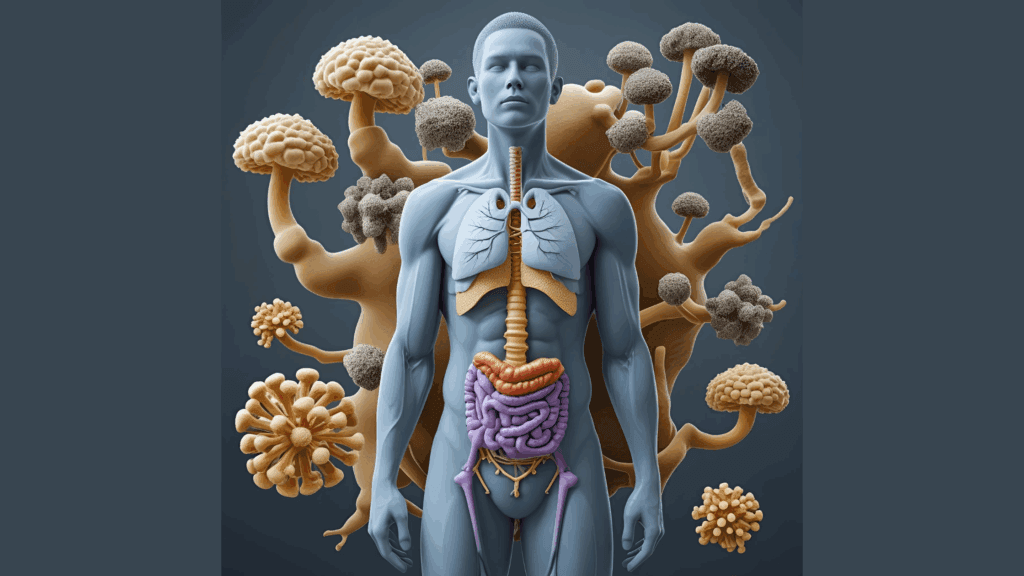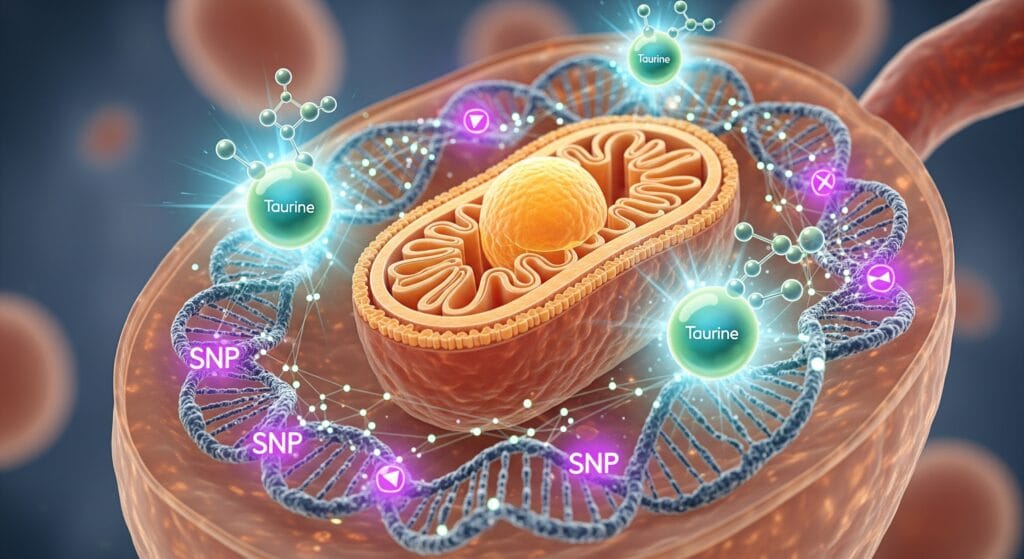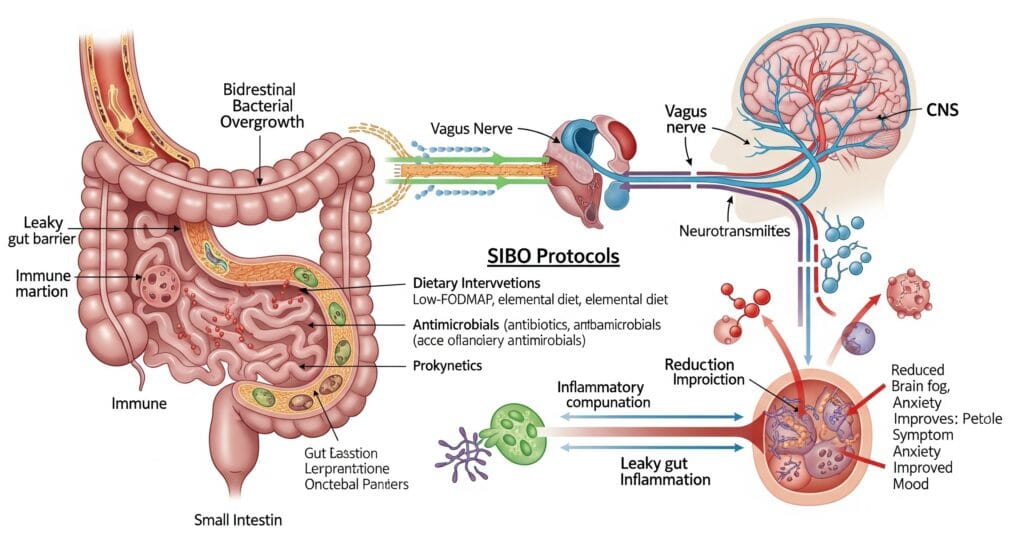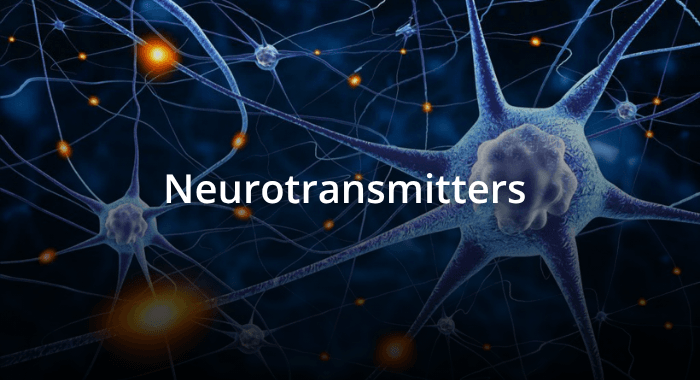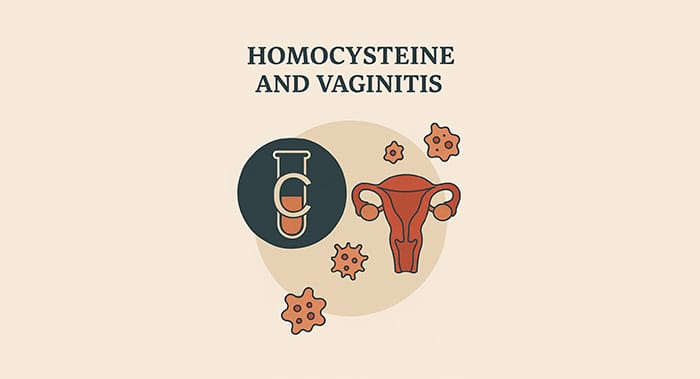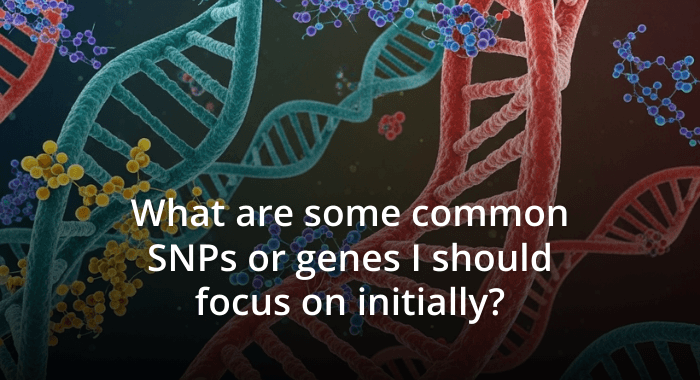How Mould Disrupts Biochemistry, Immunity & Detoxification
How Mould Disrupts Biochemistry, Immunity & Detoxification Understanding the systemic impact of mycotoxins in clinical practice Mould-related illness is often misunderstood as a localised respiratory issue, but in reality, mycotoxins disrupt the body at nearly every level. From mitochondrial damage to immune dysregulation and impaired detoxification, their effects are complex, far-reaching, and deeply biochemical. For […]
How Mould Disrupts Biochemistry, Immunity & Detoxification Read More »

